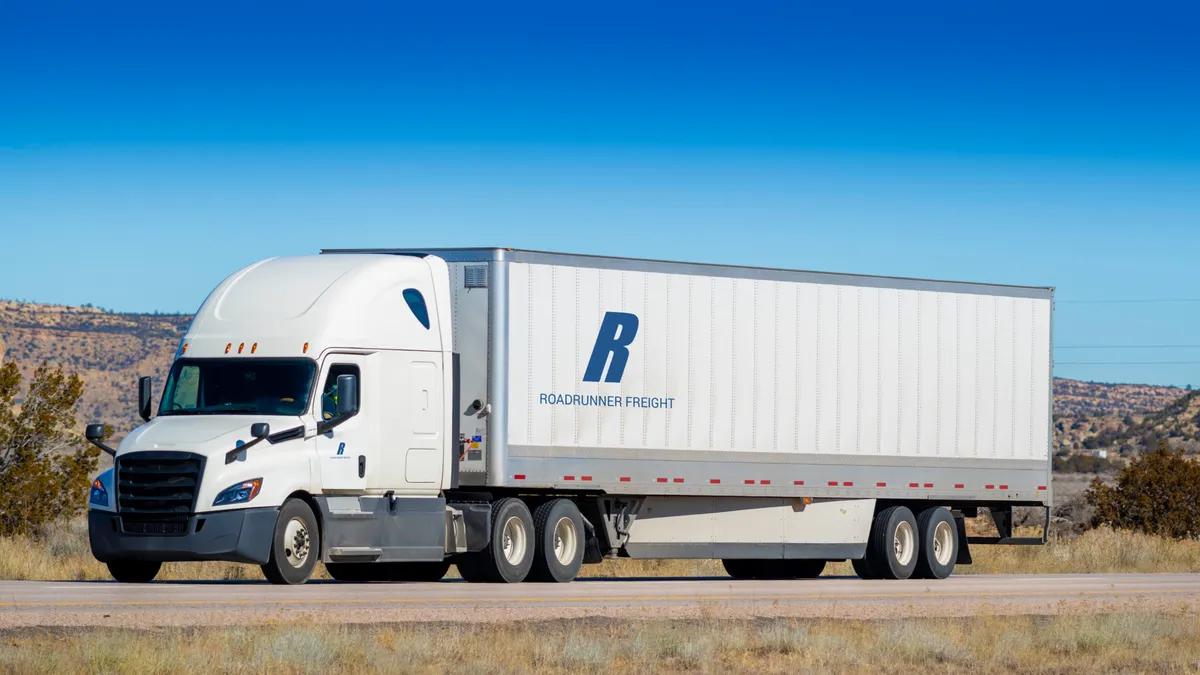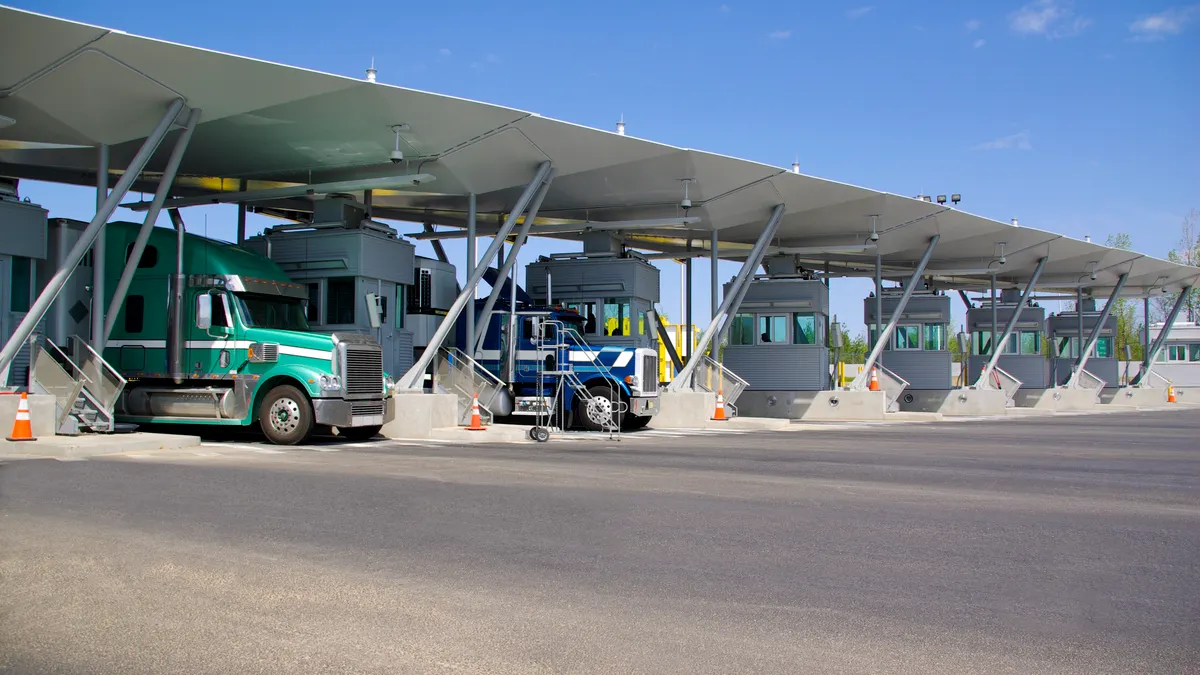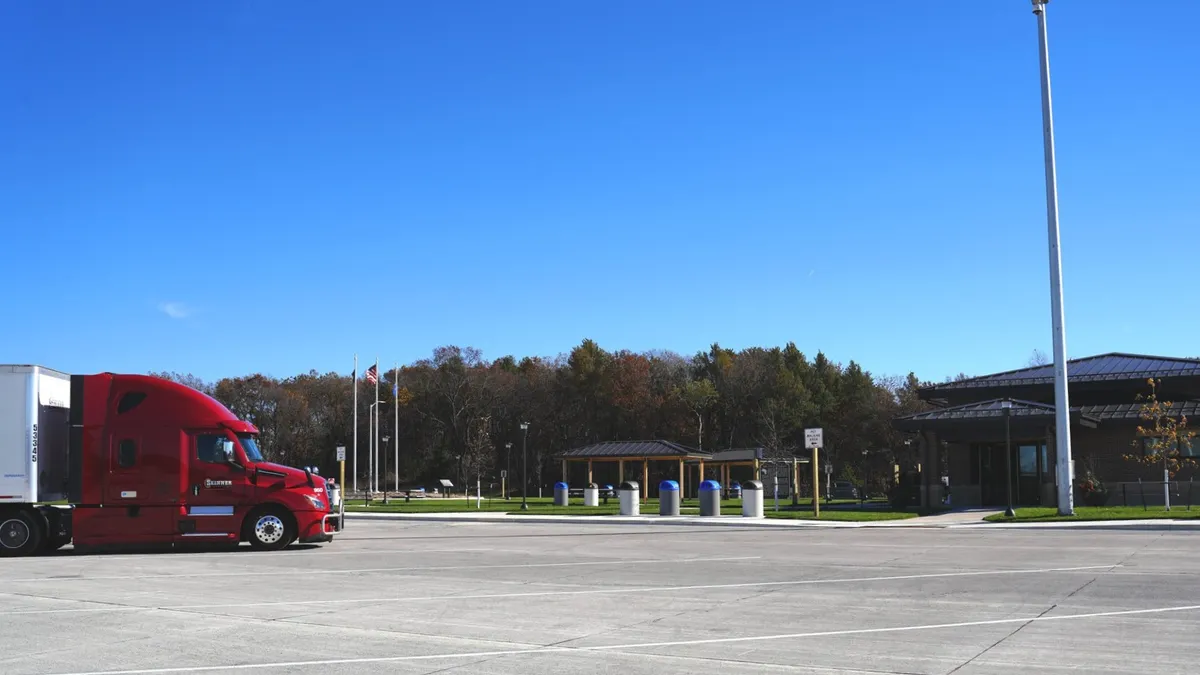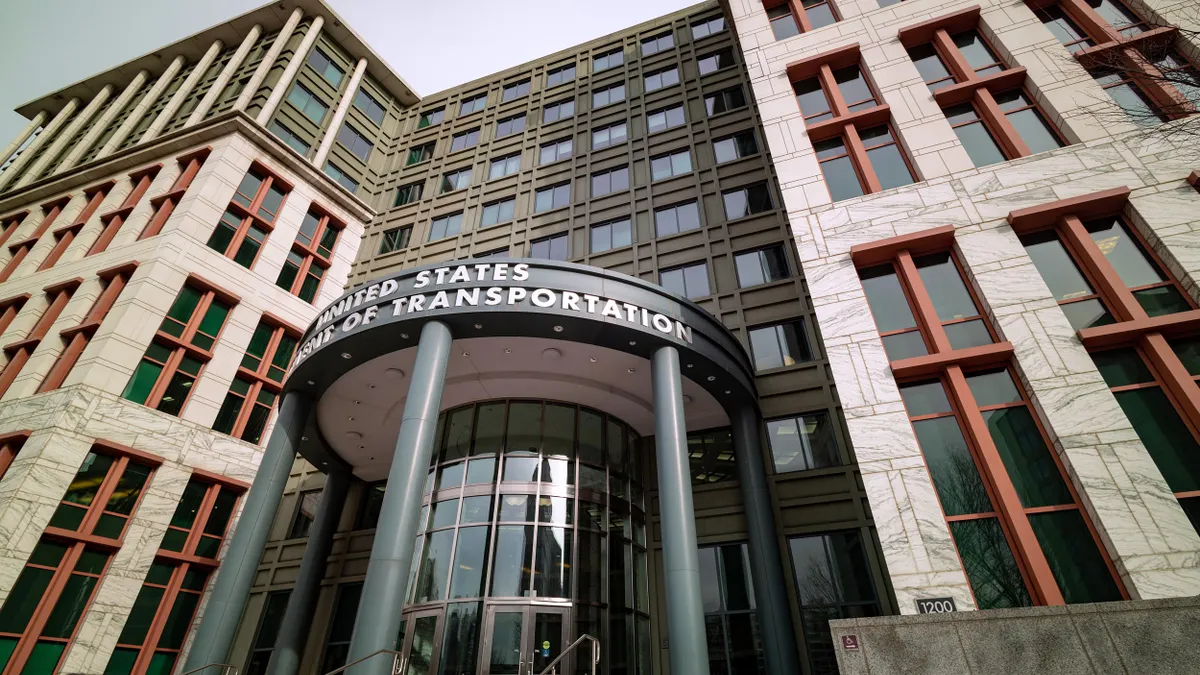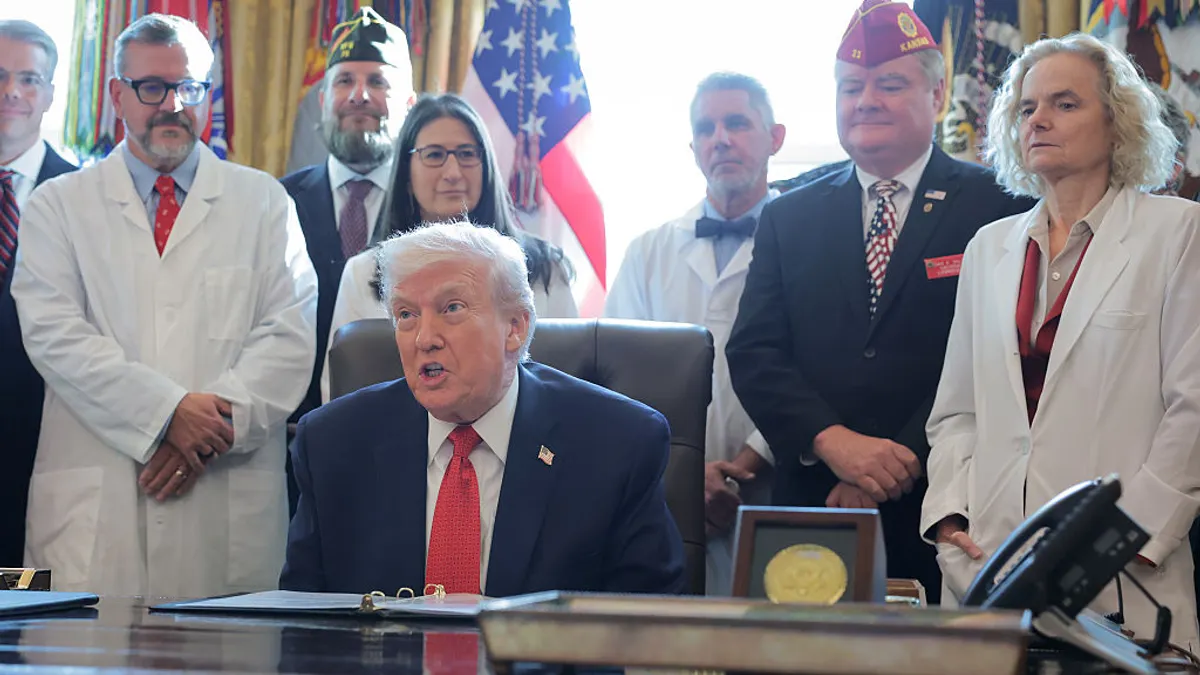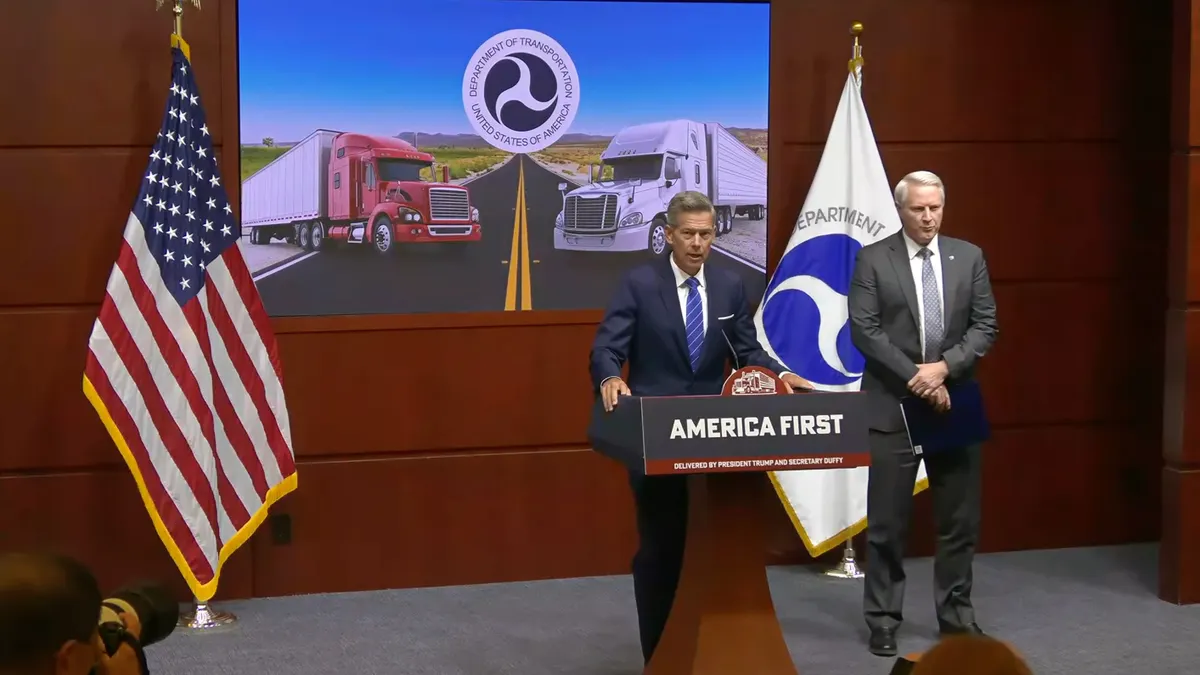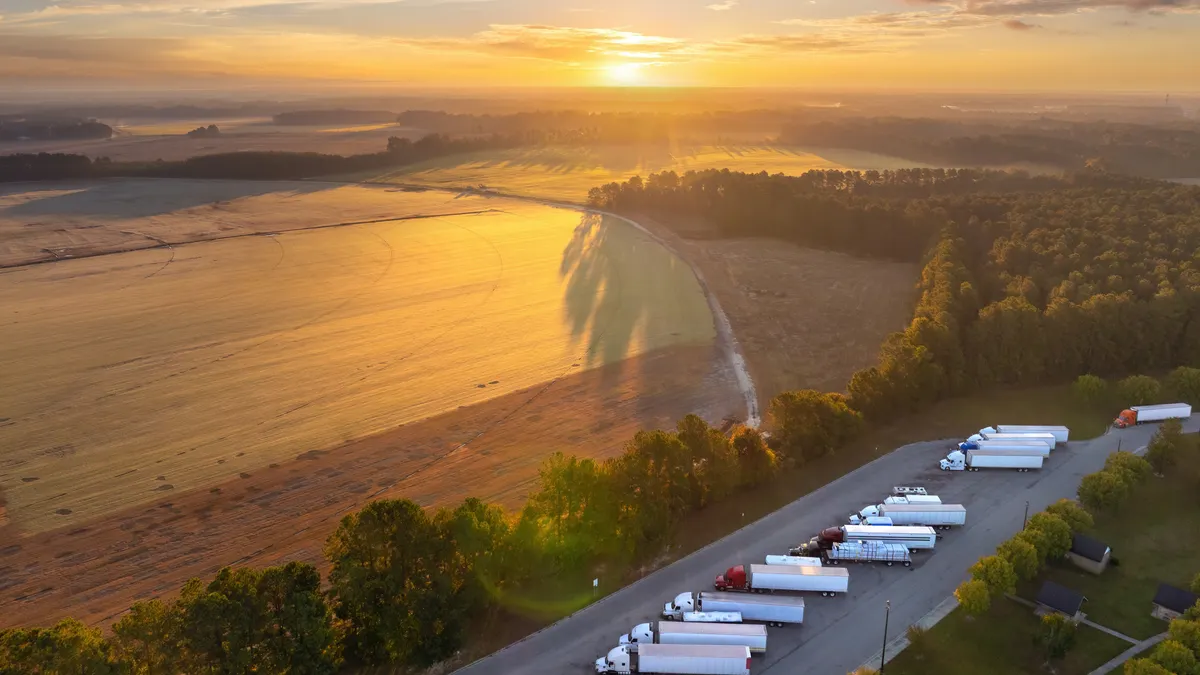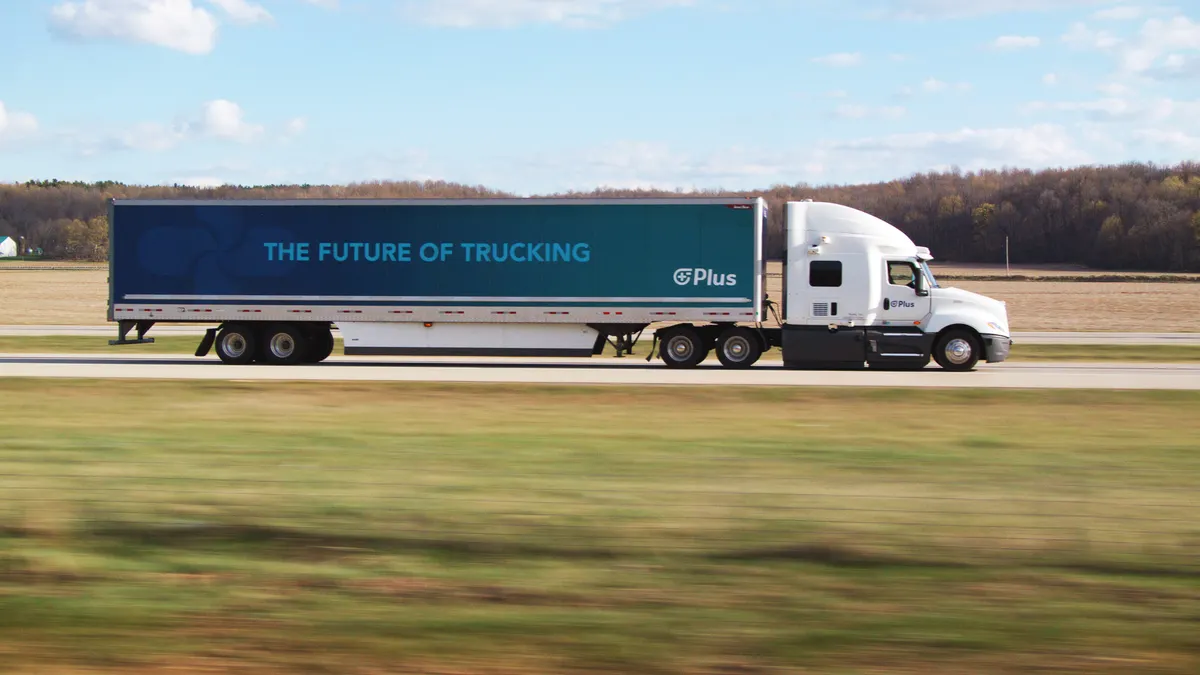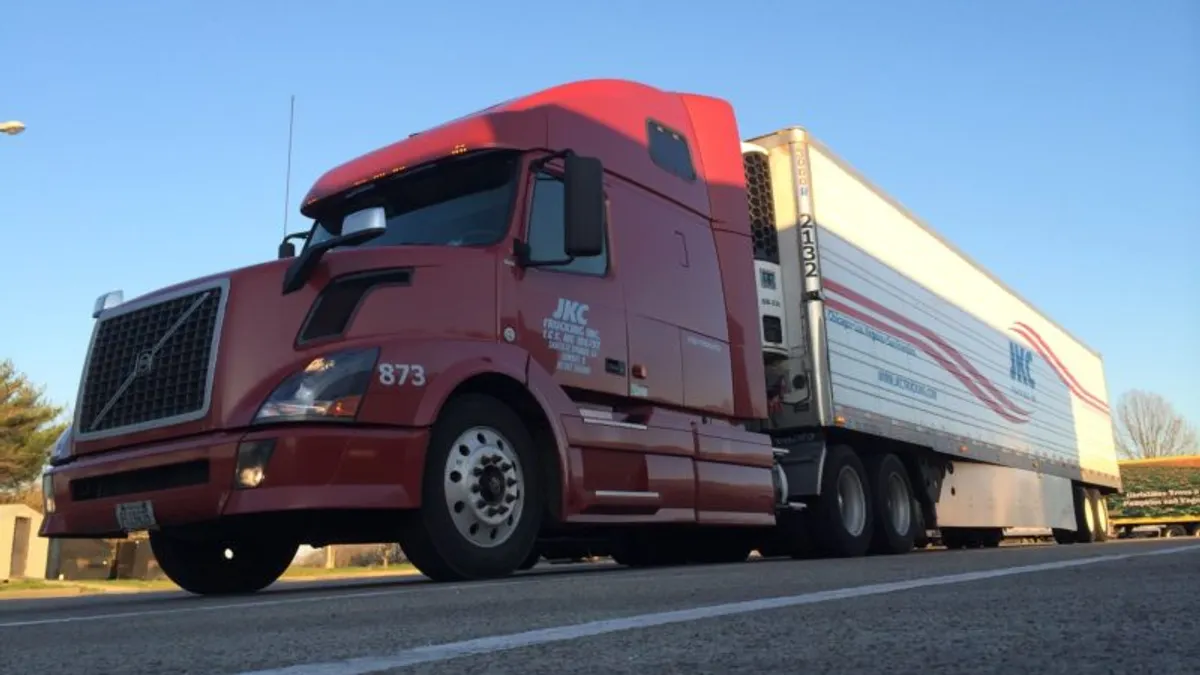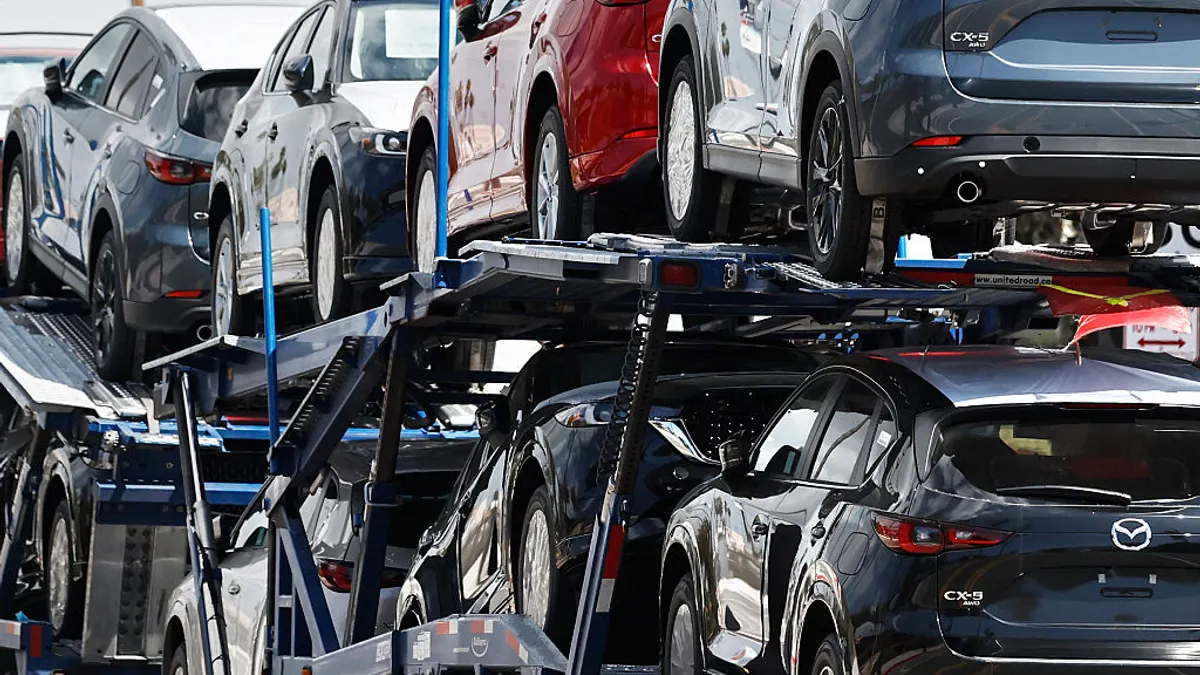As Frank Hurst worked to repair Roadrunner Transportation Systems' reputation after a 2017 accounting scandal, he wanted to know the particulars of customers' concerns and questions.
So, Hurst, brought on as SVP in January 2017 and now president of Roadrunner Freight, went into a Roadrunner service center in Akron, Ohio, and put on a headset to listen to incoming customer calls. One of the main requests was about freight visibility.
"It was really simple," Hurst said, recounting the questions. "The calls that I was receiving were, 'Did you pick up my freight yesterday? And is my freight going to be delivered today? And can you give me a shipment status?'"
Hurst said the calls were all coming from rural areas, where there were no Roadrunner service centers, and where Roadrunner was using agents and partners to get information to customers. Hurst realized the company did not have the "concentration of information" that it had in its "tier one" lanes, along routes to big cities or industrial areas, he said.
It was just one of many problems Roadrunner had come to grapple with in its new era.
"We kind of really just lost our identity."

Frank Hurst
President of Roadrunner Freight
Roadrunner was originally a long-haul, metro-to-metro carrier, offering LTL service to shippers with an emphasis on tier one lanes. The company, founded in 1984 in the Milwaukee area, merged with another LTL carrier, Dawes Transport, in 2005, brought together by Thayer Capital Partners.
In 2010, after weathering the Great Recession and making an IPO, the company decided to go shopping. It acquired 25 privately held logistics companies in the next several years. By 2016, Roadrunner had become quite big, ranking as the No. 16 for-hire carrier in North America.
But the acquisitions were not strategic, Hurst said. The LTL-focused company was no longer just LTL. It had an intermodal business and owned several distinct companies. The larger organization became burdened with many tentacles. LTL business became a compartment of what Roadrunner did, not a core.
"It was not just from the standpoint of service and quality," said Hurst. "We kind of really just lost our identity."
The root of the problems
Size did not equal long-term success. The company had festering problems within, away from the view of the public. As with many publicly traded companies, there was a focus on the quarterly income statements. It posted a net loss of $341 million for 2019. And driver turnover was a major problem, Hurst said. During a July 1 webinar with WorkHound, Brad Sowa, director of driver recruiting at Roadrunner Freight, said the company had turnover of 140% in 2019.
Making matters worse, according to ex-CEO Curt Stoelting's presentation to analysts in 2018, the company became increasingly complex, with inconsistent accounting policies within the subsidiaries.
That was after the disclosure, in January 2017, that Roadrunner would restate earnings for 2014, 2015 and 2016. Roadrunner said it found accounting errors in two recent acquisitions, Morgan Southern and Bruenger. Stoelting, who was promoted to CEO in 2017 to right the ship, disclosed Roadrunner overstated its earnings by $66.5 million from 2011 through the third quarter of 2016.
Three Roadrunner officials allegedly did this by keeping assets inflated and by overstating receivables. In April 2019, the Securities and Exchange Commission charged former CFO Peter Armbruster and two Roadrunner associates were charged with numerous accounting violations. Roadrunner voluntarily delisted from the New York Stock Exchange in April. It nows trades over-the-counter.

As Roadrunner began fixing the problems and restating earnings, it became clear the company had to unwind itself and become an LTL-only business, Hurst said. The company had grown too byzantine. Roadrunner began to sell off parts, such as its intermodal business and Prime Distribution Services, which had 2.6 million square feet of warehouse space.
Eschewing such size and operations, Roadrunner became focused intently on being an asset-light company, too. It now has no more than 30 tractors, instead using owner-operators and independent contractors, Hurst said. Yet it has grown its service-center footprint, announcing in July that it would add 169 dock doors at new terminals in Chicago and Philadelphia, as well as in Riverside, California. Hurst said the company has 21 "brick and mortar" service centers, which he said are necessary to meet demanding LTL customers.
As for service, Hurst said the focus is now on its old specialty: LTL in 1,500-mile, tier one lanes. The company will focus on metro areas, customer service and new freight-visibility technology.
A promising segment
Roadrunner's new strategy will only work if it has enough LTL business to complete its corporate turnaround.
It's a hope that YRC Worldwide, a large LTL firm, also has. Like Roadrunner, YRC got caught up in acquisition fever, taking its eye off the LTL ball. YRC almost collapsed, but in July it received a $700 million loan from the federal government as part of the CARES Act.
A few months ago, the industry seemed unsure of load volumes as 2020 went on, as panic buying subsided and the COVID-19 pandemic shaped new demands in the LTL and TL sectors. Now, it appears LTL will emerge well-positioned after the pandemic, analysts say.
"LTL is much less fragmented than truckload," said Brian Thompson, chief commercial officer for SMC3. "The top 15 LTL carriers account for approximately 90% of the LTL market."
"LTL is a good business. It's a core business. The margins are a little better than TL."

Nikhil Sathe
Managing Director at Logisyn Advisors
LTL carriers could also capitalize on how the market shifted behaviors during COVID-19. Shippers are using more warehouses away from centralized locations and closer to buying populations, according to Steve Tam, VP of ACT Research.
"E-commerce is decentralizing warehousing," said Tam. "You're not moving as much by truckload anymore."
At the end of Q1, 11.8% of retail, excluding food, was done through e-commerce, Tam said. That number is likely higher now, after the advent of COVID-19, and it likely means more LTL shipments.
LTL is also becoming more attractive for investors and carriers. One reason is the increased use of last mile for consumer shipments, said Nikhil Sathe, managing director at Logisyn Advisors, which consulted with Roadrunner on selling off its parts.
"LTL is a good business. It's a core business," said Sathe. "The margins are a little better than TL."
A trailer can have four to five shipments contained within, allowing for more revenue, Sathe said. The equipment utilization is thus better than TL, and carriers can create better optimization.
Still, LTL requires more work and investment than TL, Thompson said. "Carriers need a physical network of terminals with dock doors and additional equipment, such as forklifts and delivery trailers. Additionally, LTL carriers require significantly more people to run the operation," Thompson said.
Hurst said Roadrunner is aware of the manpower needed, and it has hired more drivers and terminal workers.
Back to basics
Industrial customers are served by many LTL shippers who can use the nimble service that LTL offers when they don't need a full truckload to ship in. But they demand reliable transport and high-quality service, as well as freight visibility, Hurst said. They are the customers that Roadrunner lost over the years, he said.
Hurst said Roadrunner can win back many of those industrial customers as volumes grow and the company installs new procedures to improve customer service. Adding the three "brick and mortar" service centers was a part of that. Roadrunner also installed dock automation for shipment tracking, Hurst said, and reduced transit times in over 500 lanes this year. Industrial shippers will also be motivated to try Roadrunner as capacity tightens, Hurst said.
Roadrunner will also make efforts to retain and attract drivers. Hurst said the company has about 850 drivers now, a mix of owner-operators and independent contractors. Turnover has gone down, Roadrunner's reputation is coming back and the company has added 100 drivers since Jan. 1, he said. Hurst said the company is in a position to add another 100 drivers.
The company's annualized turnover rate is down to 75%, and Roadrunner is taking feedback via WorkHound. Roadrunner uses WorkHound's anonymous feedback software, and works to address the complaints or suggestions it receives.
"We didn't 'ship it like we own it.' ... That was the fundamental thing we had to change in this organization."

Frank Hurst
President of Roadrunner Freight
More honesty is also a new policy, and Hurst speaks bluntly about what Roadrunner has learned since early 2017.
"We didn't 'ship it like we own it,'" said Hurst, repeating the company's mantra. "We owned that ... That was the fundamental thing we had to change in this organization. We set out in 2017 about really changing the structure of the organization, our leadership, our processes."
Hurst said Roadrunner started with a simple, easy-to-distill goal.
"A customer, they provide us a shipment," said Hurst. "They trust us with their shipment. It's our responsibility to make sure that pallet gets to the destination on time, intact and damage-free."

